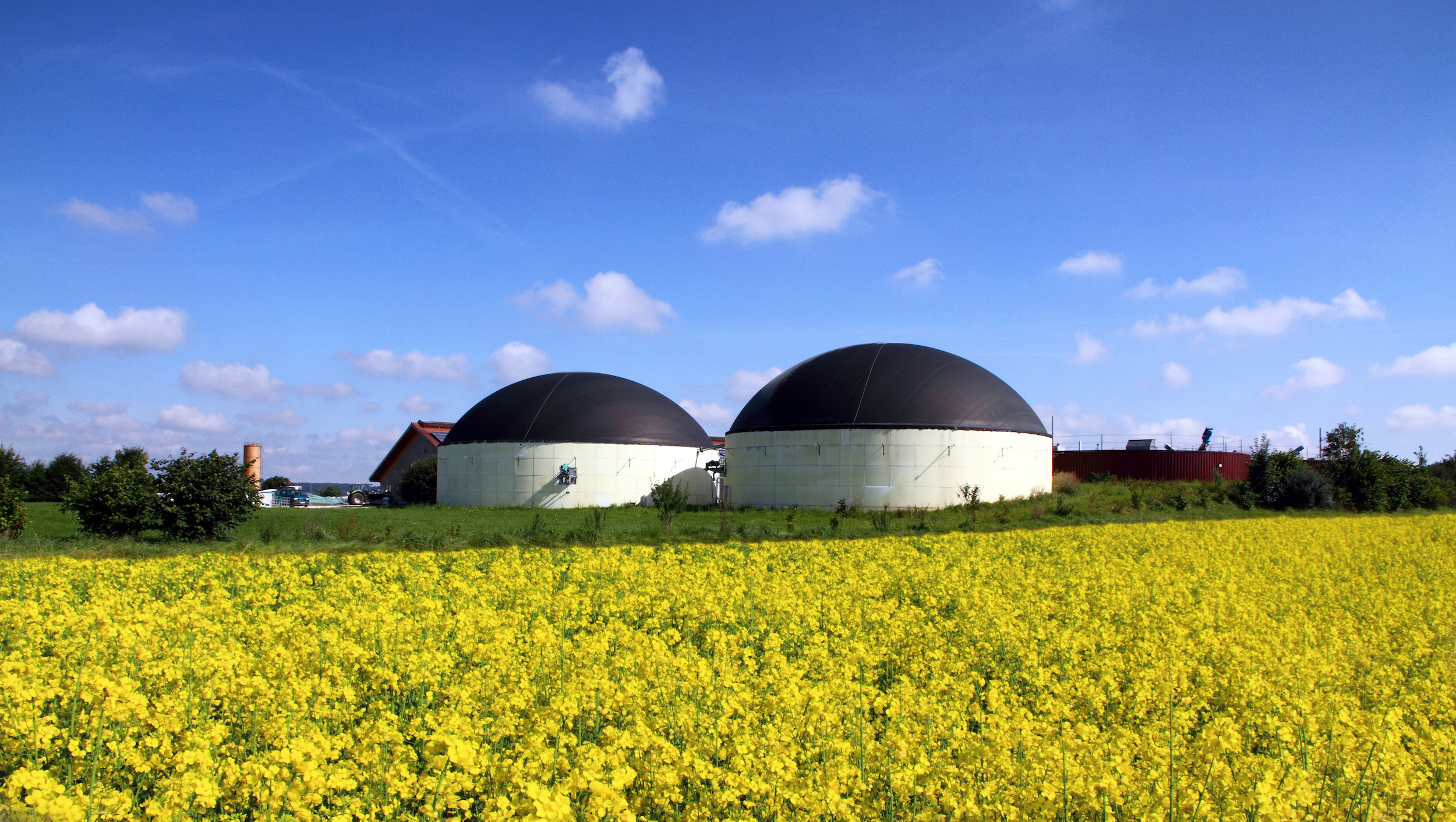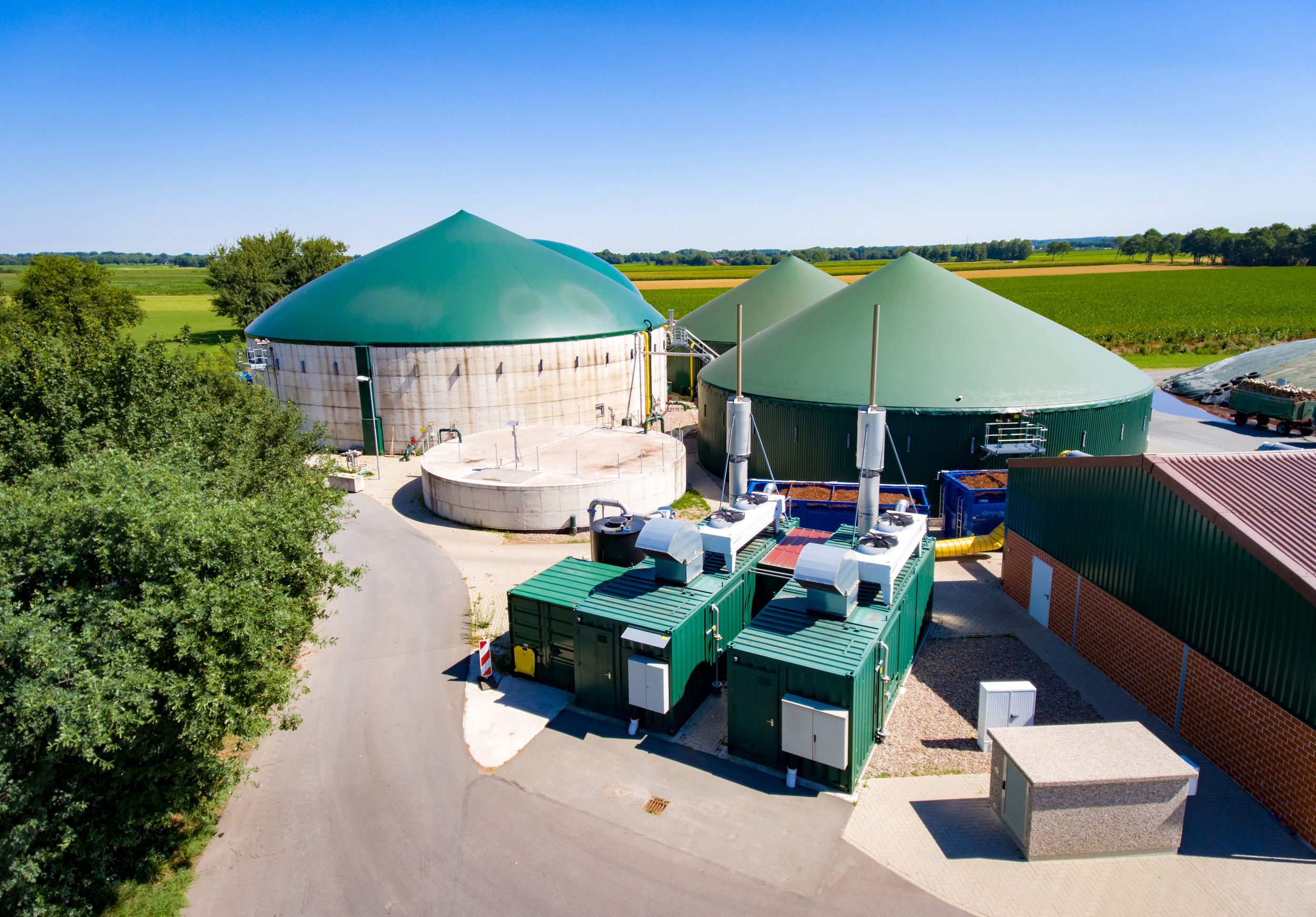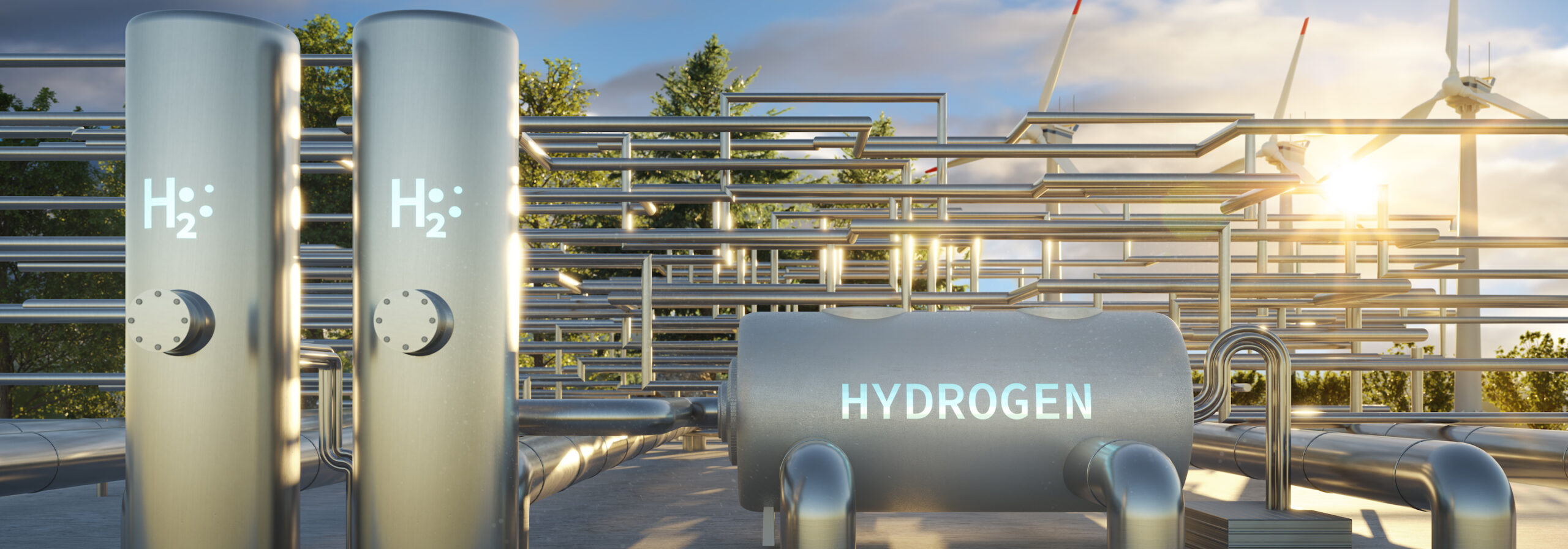Hydrogen – an Innovative Solution Concept of the Energy Reform

To halt the climate change, Europe intends to achieve an economy without greenhouse gases within the next 30 years. Fossil fuels such as oil, coal, and gas are to be replaced with renewable energies. In the context of a sustainable transformation of the energy supply, hydrogen will play a key role.
Currently, hydrogen produced with sustainable, eco-friendly methods is viewed as an energy source of tomorrow that will facilitate the energy reform and enable climate neutrality.
Alternatives to fossil energy sources are required in order to protect the climate and produce energy in a more sustainable manner. Currently, hydrogen is one of the climate-friendly energy sources that is being discussed intensively in order to cut the carbon emissions of the industry and of automobiles in the long run.
Adoption of the National Hydrogen Strategy
On June 10, 2020, the Federal Cabinet adopted the National Hydrogen Strategy. Under the current conditions, however, the production and use of hydrogen is not yet economically feasible. Fossil energy sources in which the consequential costs of carbon emissions have not yet been factored in are much more inexpensive. The National Hydrogen Strategy intends to promote the cost degression of hydrogen technologies and a quick international market ramp-up for the production and use of hydrogen in order to make the amount of hydrogen required for the conversion of application areas available at an early stage. The strategy focuses especially on application areas that already play an important economic role or that cannot be decarbonized otherwise, such as the steel and chemical industries or transportation.
Green and Blue Hydrogen for Various Purposes
Hydrogen is equally suitable for centralized and decentralized power production. Moreover, hydrogen can be used as fuel for vehicles, for the production of alternative fuels, as raw material for chemical processes, and for long-term storage. Distinction is made between green, gray, blue, and turquoise hydrogen. Green hydrogen is produced by means of the electrolysis of water. The power for the electrolysis comes exclusively from renewable energies, e.g. from biomass, solar energy, and wind energy, and is therefore carbon-free. Blue hydrogen refers to the hydrogen produced by reforming steam. The resulting carbon dioxide is captured and stored and thus cannot not escape into the atmosphere. Like green hydrogen, blue hydrogen thus boasts a carbon-neutral balance.
MWM Gas Engines Suitable for Hydrogen
To achieve the climate protection goals, especially the amount of climate-friendly green hydrogen (H2) that is fed into the gas distribution network is to be increased. Modern gas power plants are capable of tolerating a high proportion of hydrogen in the gas. The use of hydrogen as fuel for CHP plants also delivers other benefits. For example, the admixture of hydrogen reduces NOx emissions and makes it even easier to comply with the statutory NOx limits. This also helps to prevent “methane slip” during the combustion process. Currently, hydrogen admixtures of up to 10 percent by volume are permitted in the gas network. What is more, a hydrogen admixture of up to 10 percent by volume is no problem for modern MWM gas engines and can be handled without any technical modifications. Higher hydrogen admixtures are also possible, but require additional technical modification of the MWM gas engines.
Achievement of the Climate Goals Only Possible with Hydrogen
To protect the climate and achieve climate neutrality, hydrogen plays an important role. This applies especially to industries that depend heavily on fossil fuels, such as the steel, chemical, aviation, and shipping industries. The National Hydrogen Strategy of the Federal Cabinet is a fundamental aspect on the road toward the achievement of the Paris climate goals. For this, all industries need to be included in the power-to-X use, i.e. in the transformation of green power to other energy sources, such as hydrogen. Hydrogen and power-to-X products create new value chains. In order to make full use of the potential of hydrogen, the opportunities associated with the utilization of hydrogen for energy storage purposes must be leveraged much more effectively. The development of a viable home market is vital for the engineering industry. In addition to stepping up the electrolysis capacities for the hydrogen production, the still rather slow development of renewable energies must be accelerated significantly.
Photo: ©️ Thomas, Adobe Stock
One Reply to “Hydrogen – an Innovative Solution Concept of the Energy Reform”
Comments are closed.
Related articles
Promoting Flexible Biogas Plants to Secure the Energy Supply
For biogas power plants to be used in a flexible way whenever there are power shortages in the near future, the plants need to be flexibilized. To make this economically viable, plant operators need government incentives.
Bioenergy: Key Success Factor at a Turning Point in History
In the face of the ongoing gas crisis, biogas is capable of delivering an important contribution to energy security in Germany. To scale the biogas production to the required level, however, new plants need to be built and existing capacities need to be ramped up as soon as possible.
Energy Generation in Wunsiedel: Decentralized, Autonomous, Sustainable
The Wunsiedel energy park produces heat and power from renewable energies for the local population. To store the green electricity generated, the park’s electrolysis plant produces green hydrogen, which is converted into electricity whenever needed, thus guaranteeing security of supply.




It’s a must to use new fuel for economy and for clean environment also make compact design engines very powerful.